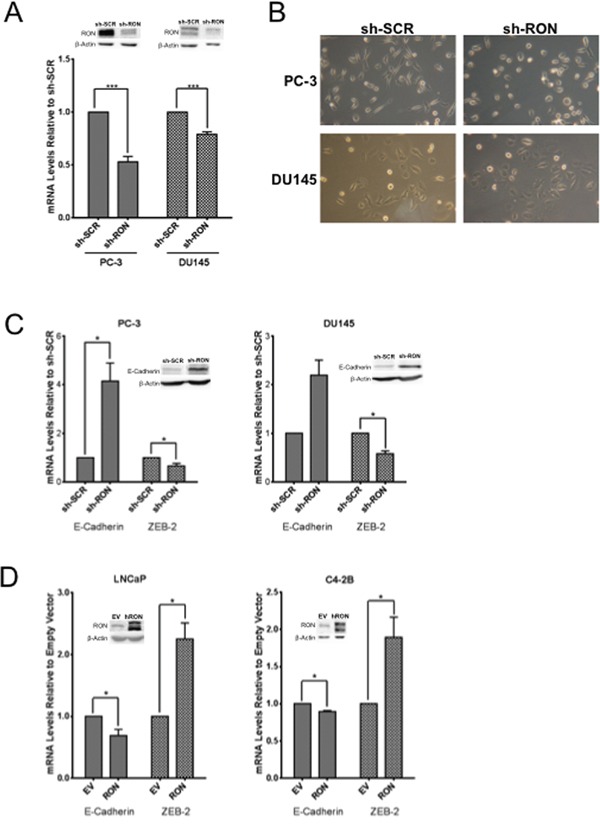Figure 2. RON contributes to epithelial mesenchymal transition.

Whole cell extracts and total RNA was extracted from logarithmically growing PC-3 (n= 4 biological replicates) or DU145 (n= 3 biological replicates) cells stably silenced with RON-specific shRNA or scrambled shRNA and used in A. validation of knockdown, B. morphological alterations, C. alterations in epithelial (E-cadherin) and mesenchymal (ZEB-2) markers (n=2 biological replicates each with triplicate replicates). D. 48 h after transfection, whole cell extracts and total RNA was prepared from androgen responsive LNCaP (n= 4 biological replicates with triplicate technical replicates) and C4-2B (n= 3 biological replicates with triplicate technical replicates), a castrate-resistant sub line of LNCaP cells transiently transfected with RON cDNA was used in analyzing expression of epithelial (E-cadherin) and mesenchymal (ZEB-2) markers. Data presented is an average+sd of three independent experiments. Statistical significance of the data was determined using students t-test and p<0.05 was considered significant. EV = Cells transfected with empty vector and RON, transfected with RON cDNA expression plasmid.
